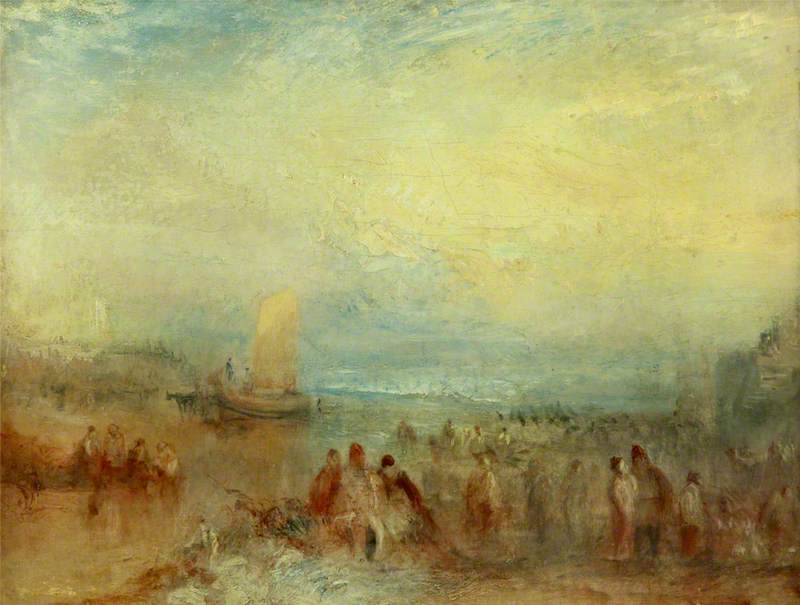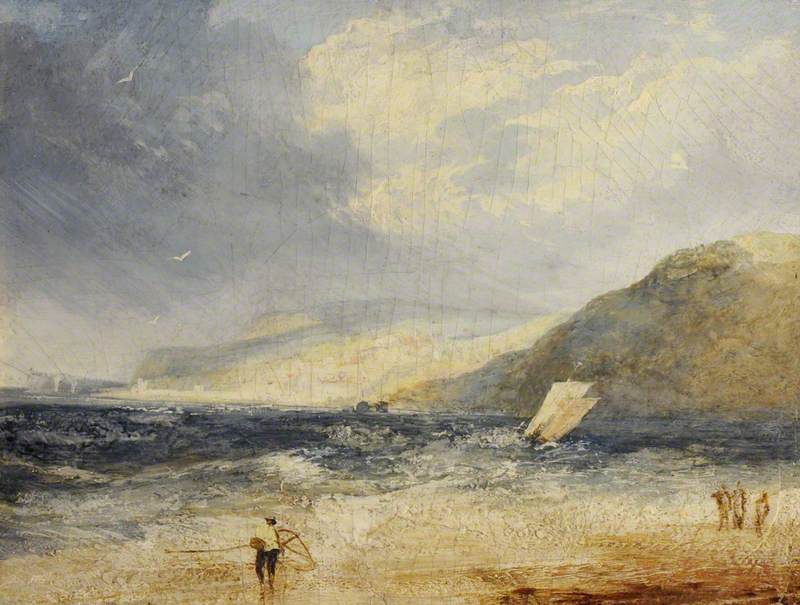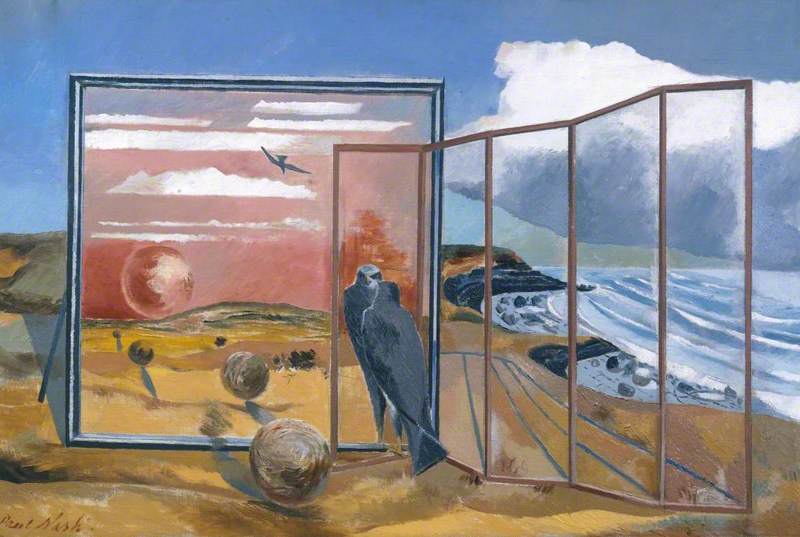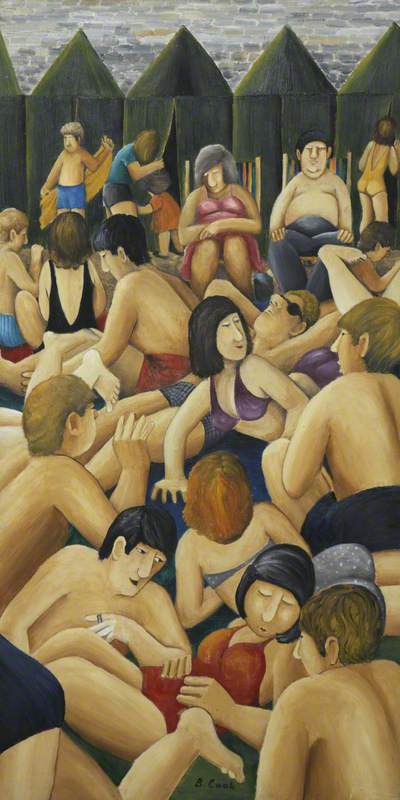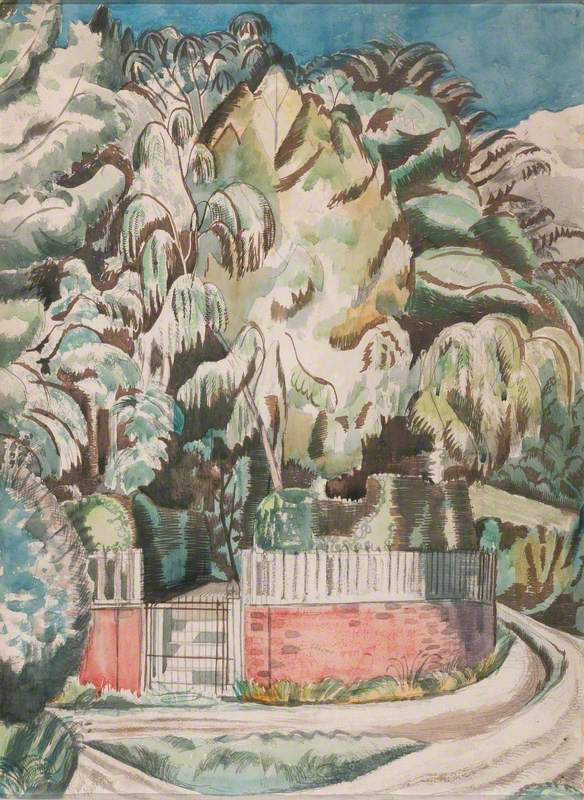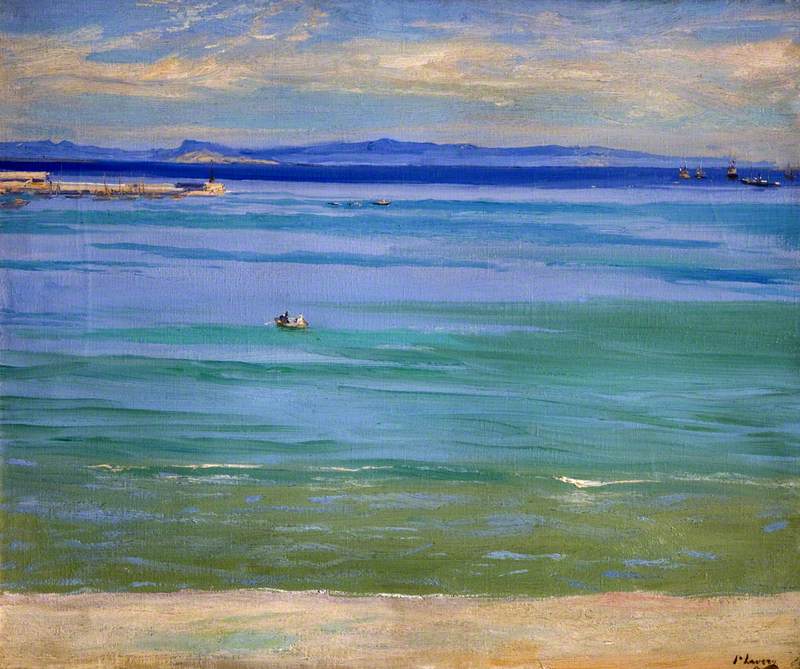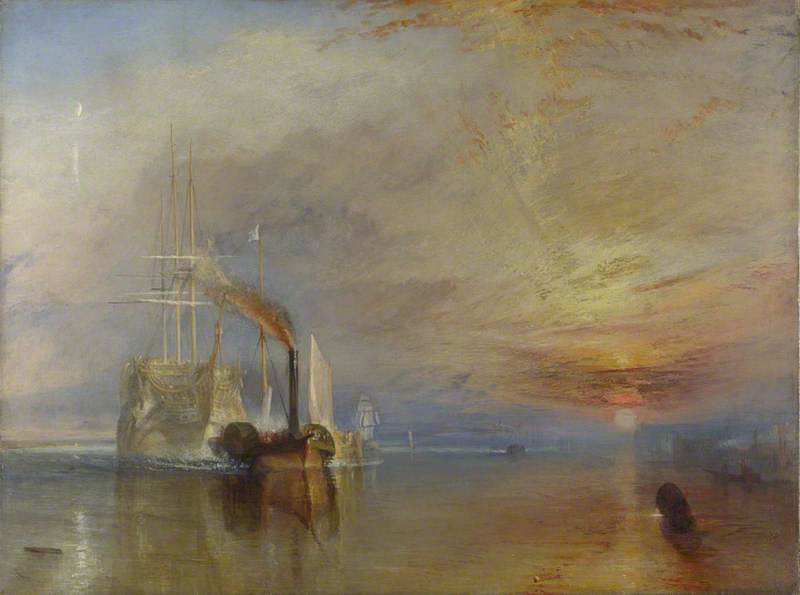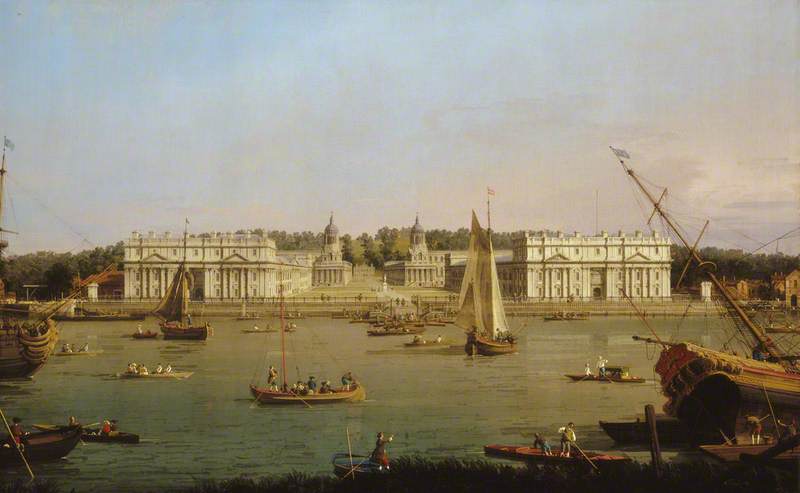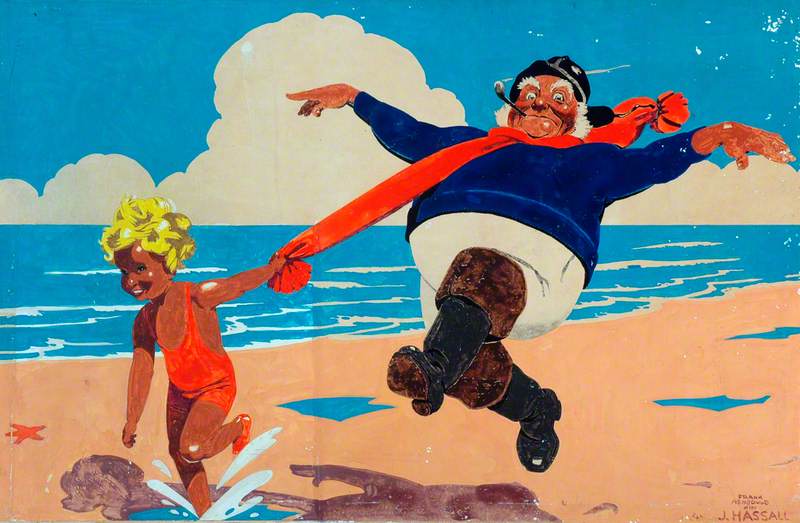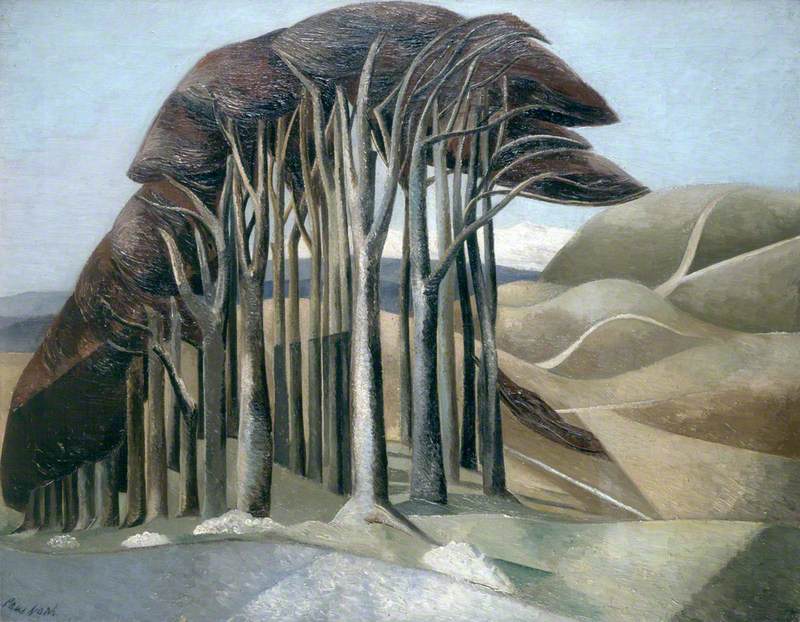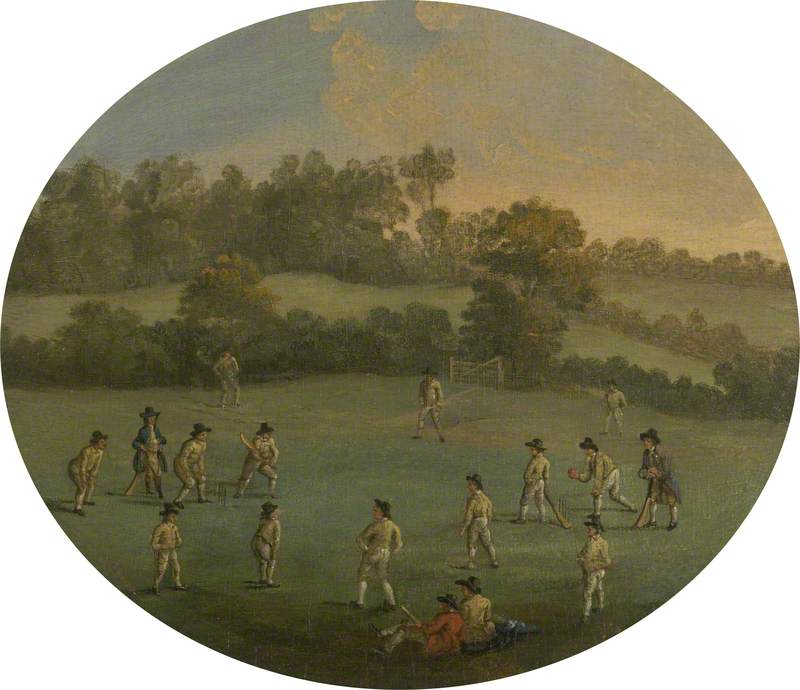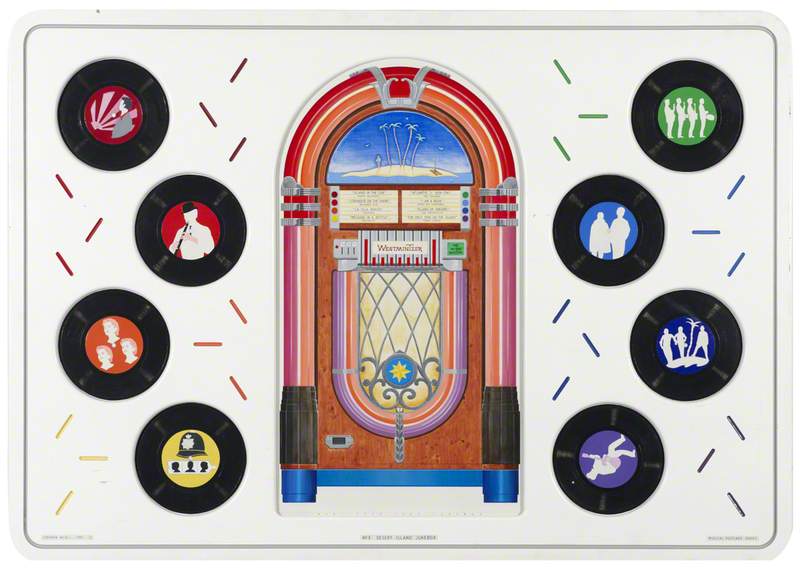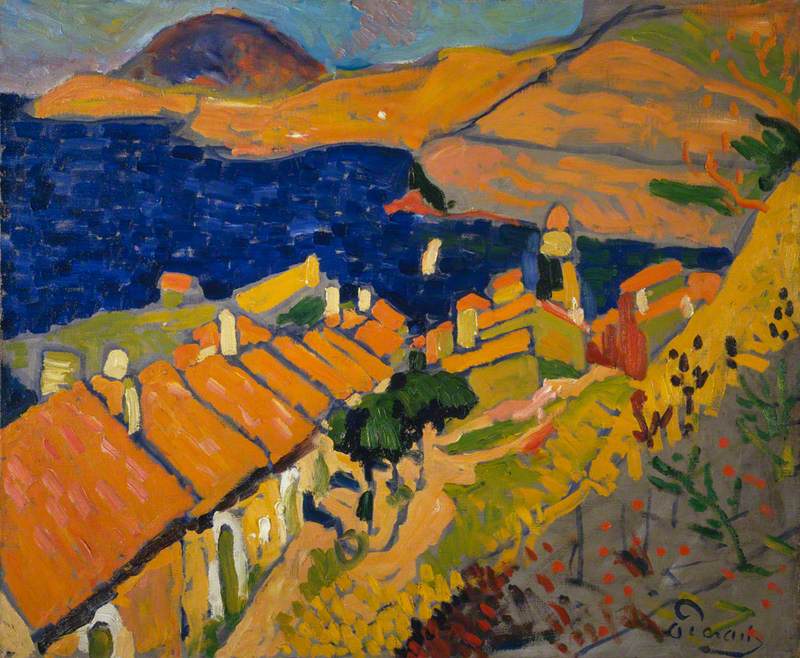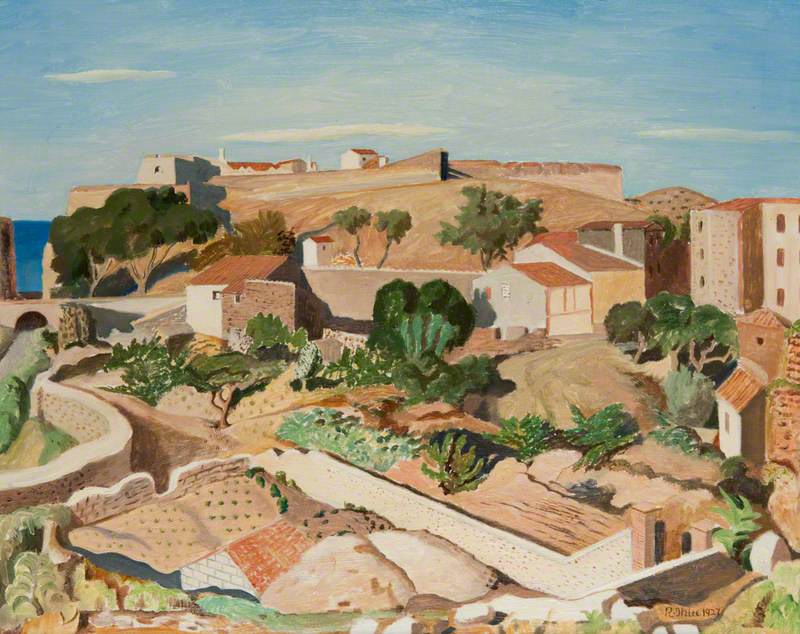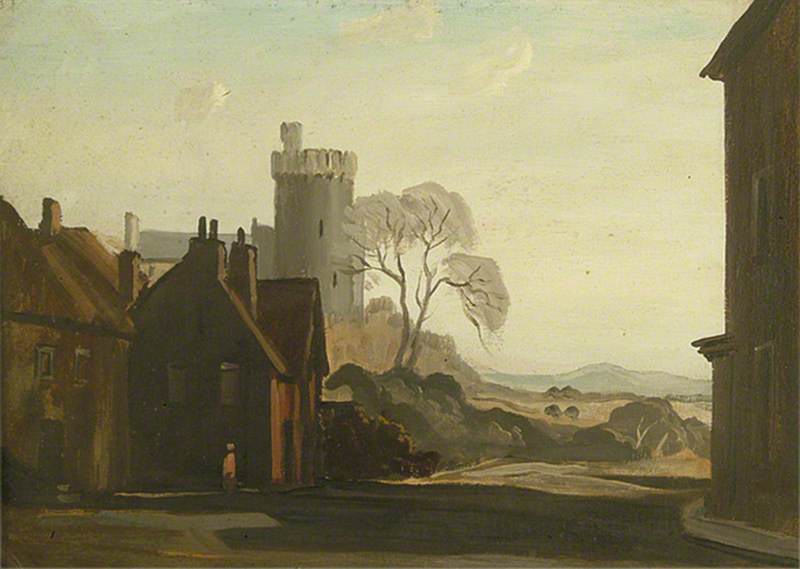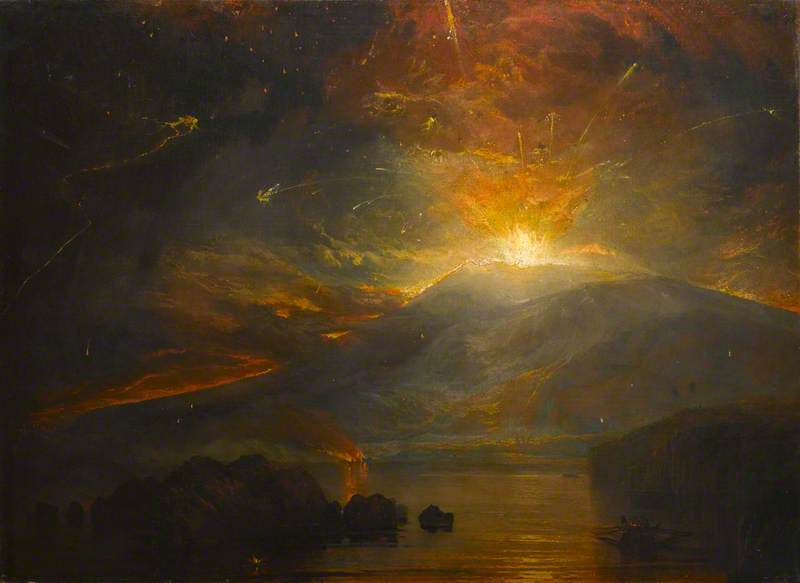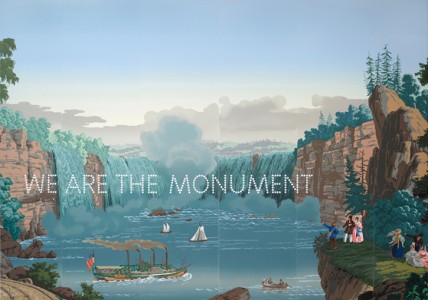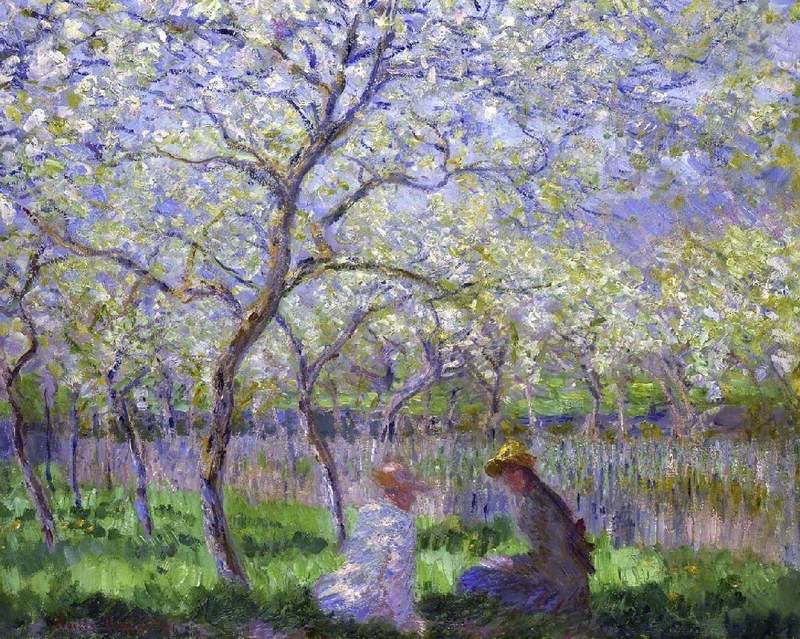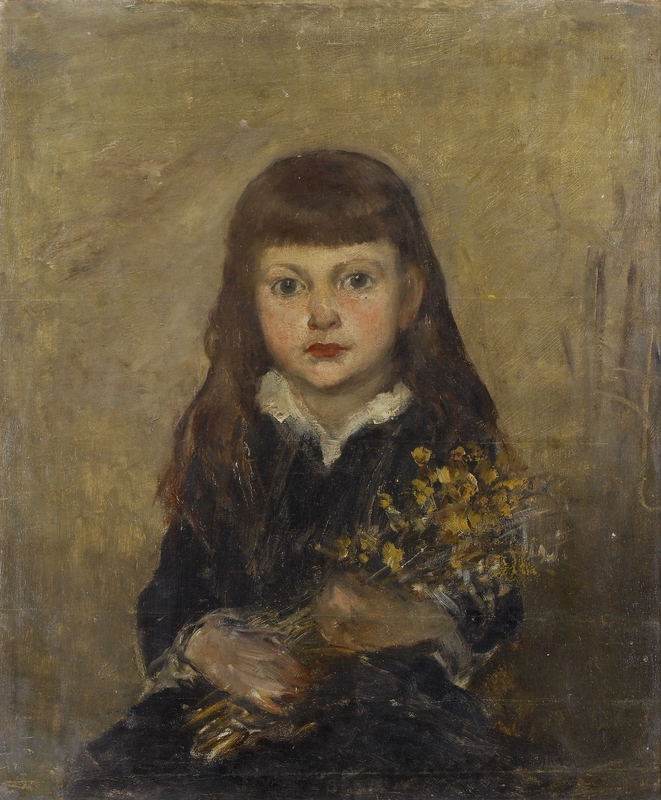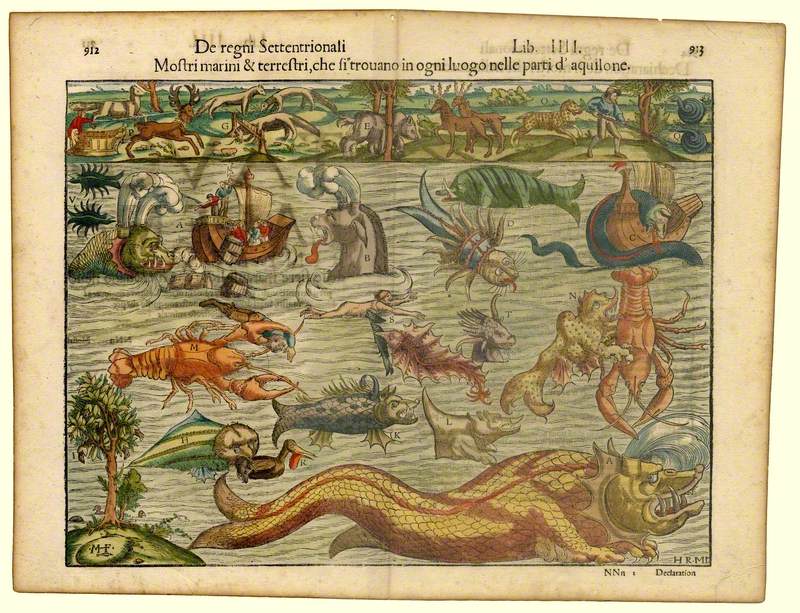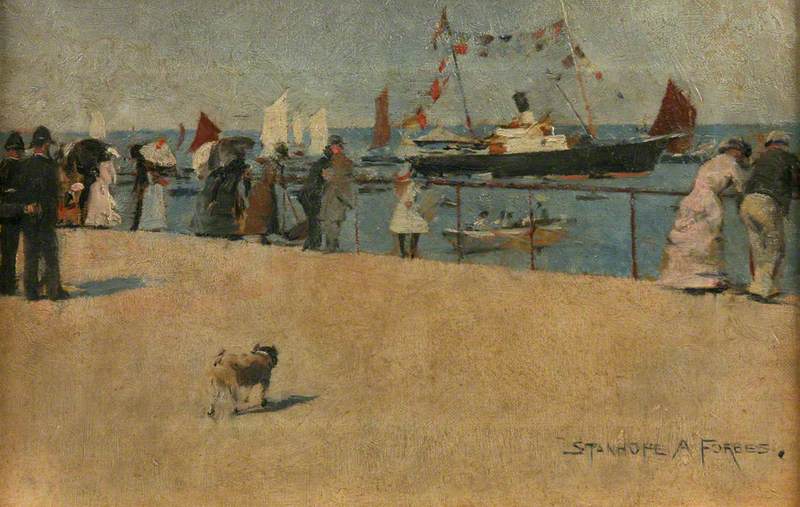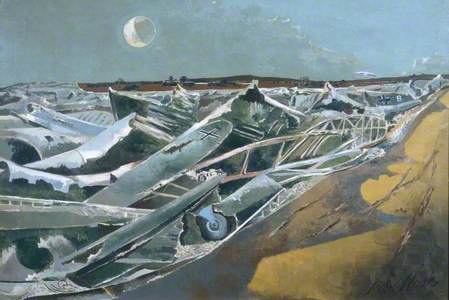Artists throughout the ages have put brush to canvas in an effort to capture the essence of the British summer and with that, its coastline.
The British weather is known for its unreliability. As a series of islands, the country is prone to extreme weather changes and unseasonal fits of heat and cold. When the weather turns sunny we all flock to the water.
While this means planning a staycation can be a challenge, it also means that the beaches and seascapes of the British coastline have provided artists with great material for centuries.
Perhaps the most famous seascape painter of all time, J. M. W. Turner spent his entire life capturing the character of the sea and life on the British coast. From his life in Margate to his passion for immortalising the ever-changing patterns of the sea, the water was one of Turner’s main sources of inspiration.
His most famous paintings involving the sea are turbulent storms, part imagination and part reality, taken from his many watercolour sketches.
Sketch for 'East Cowes Castle, the Regatta Beating to Windward' No. 2
1827
Joseph Mallord William Turner (1775–1851) 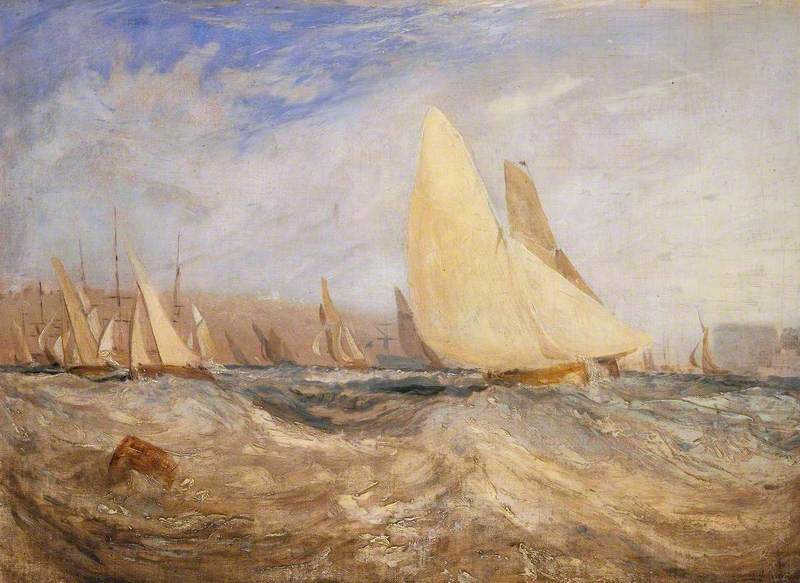
One of these such works is Sketch for 'East Cowes Castle, the Regatta Beating to Windward' No. 2 in which Turner captures the drama of a sailing race at Cowes, in the Isle of Wight.
One of three sketches Turner made during the annual regatta in 1827, this painting shows the turbulent side of the British seaside. Complete with a squally sky and foam-tipped waves in which the boats are tossed, barely navigating the sea. This scene presents to us the typical English summer’s day.
Turner made many depictions of the sea as simple watercolour sketches, painted for pleasure and only discovered by the wider world after his death when his estate became the property of the state.
He also made paintings of Margate, where he famously lived with Mrs Booth, and the fossil finders' paradise, Lyme Regis. These paintings show unchanging elements of the British seaside, like families gathered on the beach, lone walkers and fishermen; a unique combination of work and leisure side by side.
Over 100 years later, Paul Nash paintings have a very different relationship with the coast and sea.
During the First and Second World Wars, England’s beaches became a frontier. Nash’s work Totes Meer (Dead Sea) shows an empty expanse of sandy beach behind a turbulent sea filled with fallen fighter planes, indistinguishable from the waves.
In fact, this painting is of a field of wrecked German aircraft, waiting to be recycled into British weaponry. At once a landscape and a seascape, this painting is one of Nash’s most famous paintings.
Nash, a war artist, tackled the subject of the ongoing conflict using symbolism and surrealism and saw his country by nature. This, in conjunction with visual references from throughout history, gives Nash’s work a dreamlike quality, loaded with meaning.
In 2017 Turner’s watercolours of the sea were shown at Turner Contemporary in Margate alongside Tracey Emin’s My Bed (1998). Emin, who has also made extensive sketches using watercolour, felt that the turbulence of the seas as depicted by Turner were reflected in the tousled sheets of My Bed, thus creating a dialogue between the two.
The relationship to the British seaside has changed with the times, through war, cheap continental flights and climate change. Through this, the idyllic image of the family, shielded by a windbreaker while somehow still burning in the sun, while melting ice cream drips down sticky hands to meld with the sand, somehow persists.
While this image is mentally instilled, no doubt from countless ‘scorcher’ front-page headlines, artists’ interpretations of the coast as a metaphor have also been more complex and interpretive. Thus encompassing lonely the tragic, the passionate, the unfathomable and the lost.
Amah-Rose McKnight-Abrams, journalist
